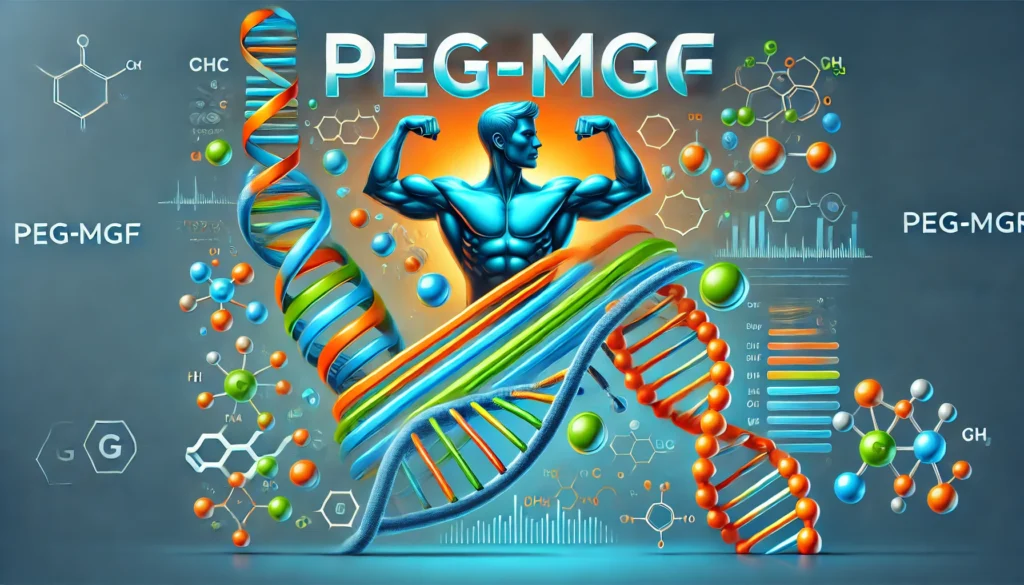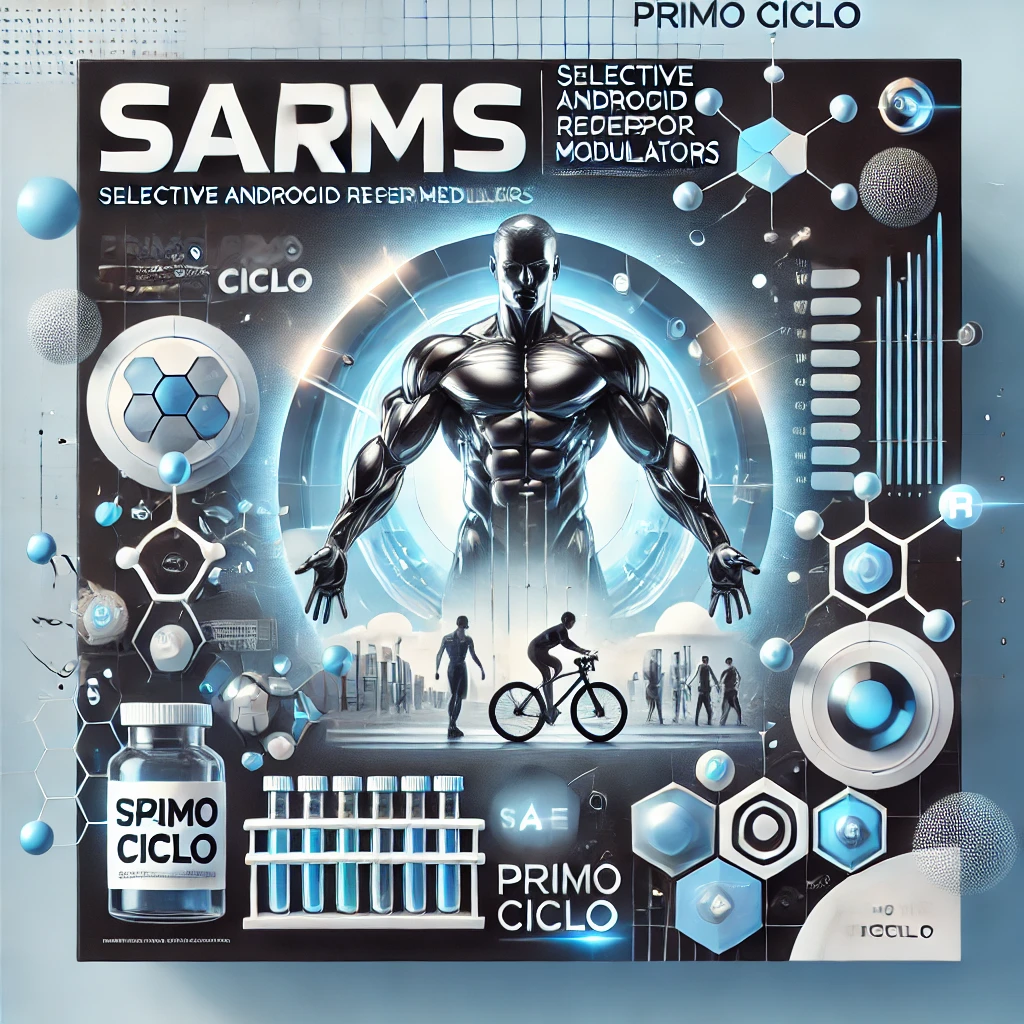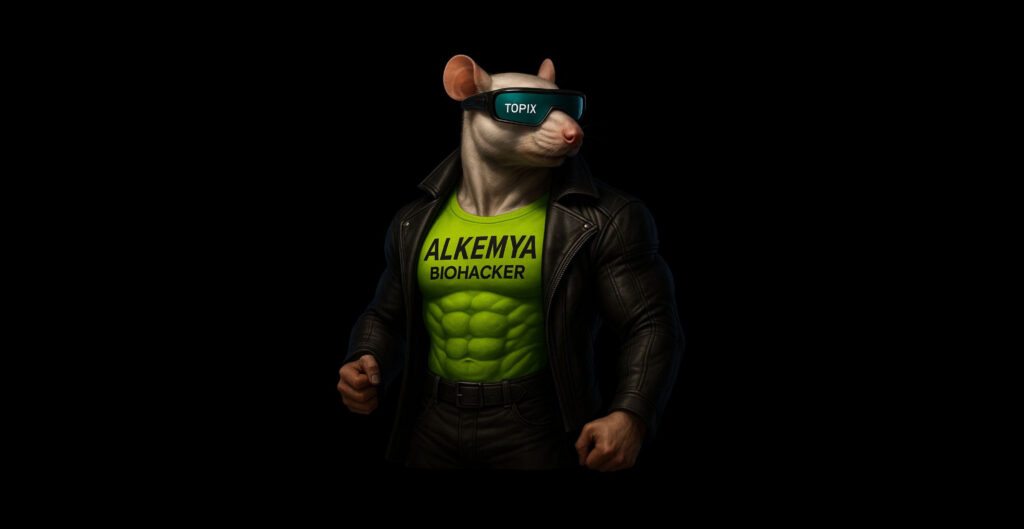Pegylated Mechanical Growth Factor (PEG-MGF)
is a synthetic version of mechanical growth factor peptide (also called Mechano Growth Factor), enhanced through a chemical reaction called PEGylation.
PEGylation attaches polyethylene glycol (PEG) to the molecule, extending the half-life of the peptide so that it is not easily eliminated from the body.
As a cleaved variant of insulin-like growth factor 1 (IGF-1), Mechano Growth Factor can be found in bone, muscle, brain, tendon, and heart tissue after increased stress load (e.g., intense training).
PEG-MGF promotes muscle growth and accelerates recovery from muscle damage, which is why it is considered a favorite option for bodybuilders and athletes to increase skeletal muscle mass.
How does PEG-MGF work?
PEG-MGF helps stimulate muscle stem cell fusion, myoblast division, and maturation, thereby promoting muscle growth.
It acts by increasing the number of muscle stem cells and promoting the development of new muscle cells.
PEG-MGF also regulates muscle inflammation and enhances muscle regeneration by increasing the recruitment of neutrophils and macrophages to the site of injury, leading to faster muscle recovery and growth.
It also increases the number of neural progenitor cells, promoting the formation of new neurons through neurogenesis.
Finally, PEG-MGF protects cardiac muscle function by inhibiting apoptosis and enhancing cardiac stem cell proliferation.
In a recent study
rat NP cells were subjected to mechanical stress for 7 days, while another group of cells remained without stress, serving as a control group.
The NP cells mentioned in the study refer to nucleus pulposus (NP) cells, which make up the inner part of the intervertebral disc in the spine.
The nucleus pulposus is a gelled structure located in the center of the intervertebral disc and is responsible for absorbing shock and distributing pressure between the vertebrae.
NP cells are responsible for maintaining the structure and function of the nucleus pulposus by producing proteins such as collagen and proteoglycans, which give the disc its elasticity and ability to resist mechanical stress.
In the context of the study, these cells were subjected to mechanical overload to simulate stress conditions and evaluate the protective effect of MGF peptide in reducing cell death (apoptosis) induced by such stress.
Compared with control cells, mechanical stress increased NP cell death and the activity of proteins that promote it.
MGF reduced these negative effects by helping to protect cells and reducing the activity of a cellular pathway involved in the stress response, called p38 MAPK.
Evidence suggests that MGF could be helpful in protecting and repairing muscle and cartilage tissues damaged by mechanical stress and consequently could be useful in treating conditions such as herniated discs, etc….
In another study, published in the British Journal of Sports Medicine, researchers found that MGF can significantly increase muscle mass.
In mice treated with a single injection of FGM, muscle fiber size increased by 25 percent in just three weeks.
The result of the study was particularly remarkable when compared with a similar experiment where IGF-I was used, which took as long as four months to achieve a 15 percent increase
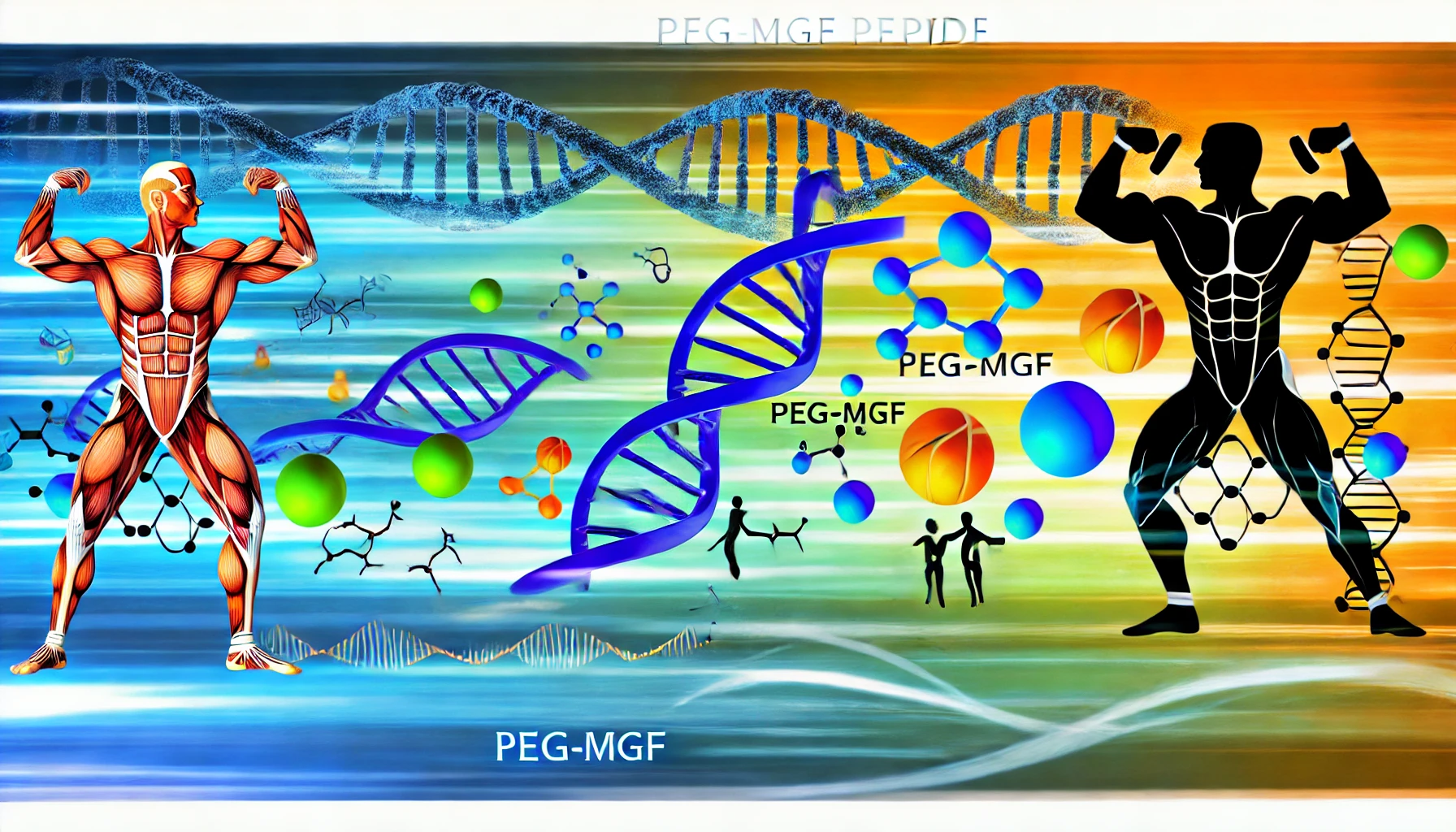
Data extrapolated from these studies indicate that MGF
could have great potential for improving athletic performance.
Because of its ability to promote muscle growth and accelerate tissue repair, MGF could become a valuable resource for athletes who want to improve their performance safely and effectively.
PEG-MGF has been shown to be effective in accelerating bone regeneration, making it particularly useful for those recovering from bone fractures or injuries.
The peptide stimulates the proliferation and differentiation of bone cells, promoting faster and more complete healing.
For this reason, it is considered a promising option for athletes and bodybuilders seeking to prevent injury or speed up recovery.
In a study in rabbits, MGF-Ct24E peptide, a variant of MGF, was shown to significantly promote bone cell proliferation and healing of bone defects, suggesting its potential in treating fractures.
In another study in mice, MGF facilitated the migration of chondrocytes, the cells that make up cartilage, helping repair and regeneration of damaged joints.
These results indicate that PEG-MGF not only accelerates bone healing, but may also improve cartilage repair under mechanical stress.
Cardiovascular protection
PEG-MGF can help protect the cardiovascular system by improving blood vessel function and reducing inflammation.
It also facilitates the repair of damaged blood vessels, helping to reinforce its potential heart health benefits.
A study published in Heart, Lung, and Circulation showed that PEG-MGF could protect the heart from damage caused by a heart attack and improve their heart function.
In the experiment performed on sheep, the heart attack was induced by the researchers, and the sheep under study were divided into two groups: a control group, which received no active treatment, and a group treated with MGF domain E (a specific part of the MGF peptide).
After eight days, the sheep’s cardiac function was monitored by echocardiography, and the animals were suppressed to analyze their hearts.
The results showed that the MGF-treated sheep had a significant improvement in heart function compared with the control group.
In addition, the FGM treatment preserved 35 percent more heart tissue than the sheep that did not receive the treatment, suggesting that FGM helped limit heart damage.
Another study published in the Journal of Biomedical Microdevices showed that PEG-MGF can prevent programmed cardiac muscle cell death, further reducing the risk of heart disease.
In this experiment, researchers created injectable microdevices containing PEG-MGF designed to release the peptide for two weeks.
Tested on cardiac stem cells and myocytes, these devices reduced apoptosis and stimulated stem cell recruitment, suggesting their potential use in cardiac tissue regeneration.
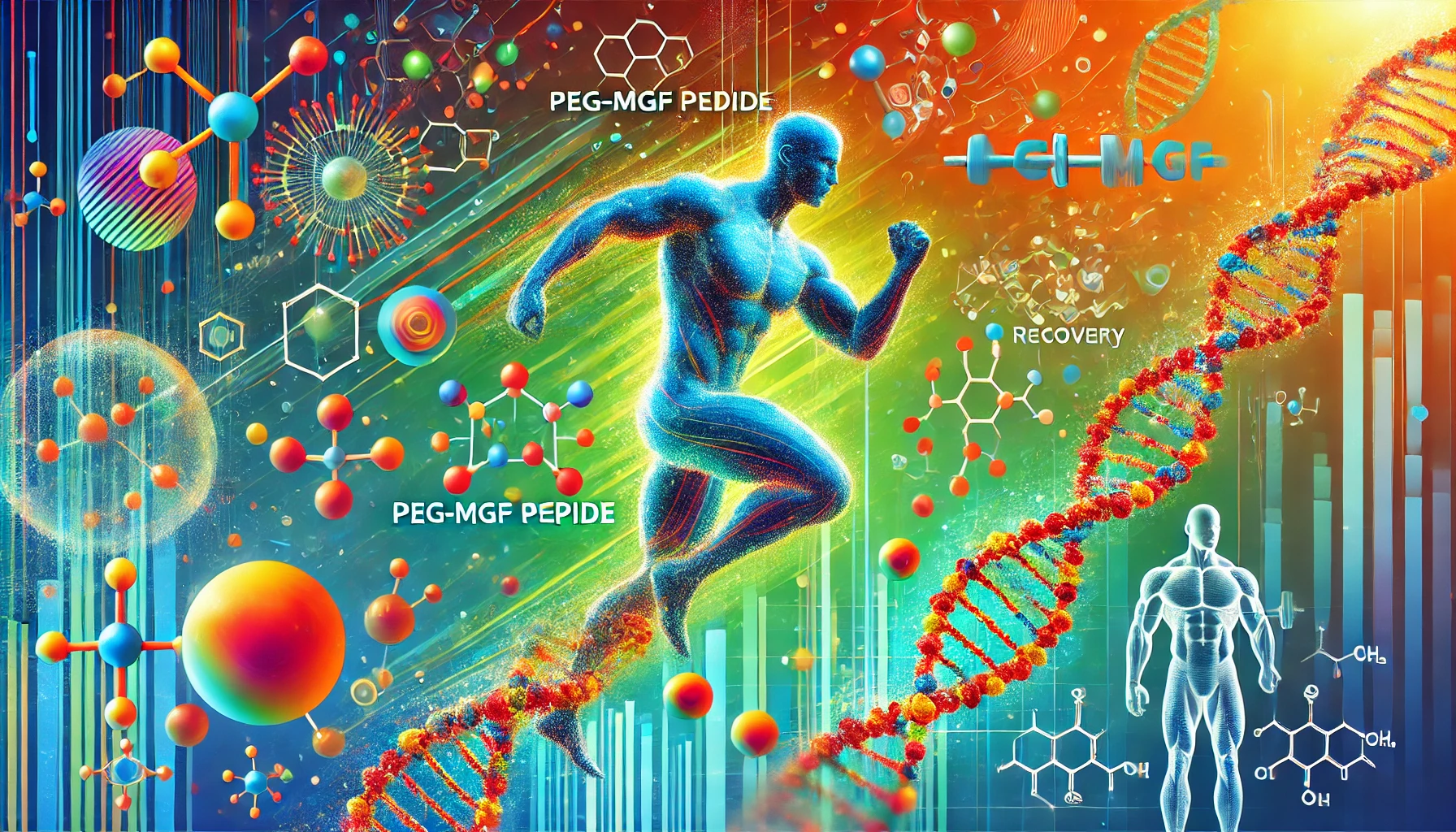
Neuroprotective Effects
PEG-MGF has shown important neuroprotective properties, helping to protect nerve cells and promote neuronal regeneration.
In a study conducted in mice by Mayo Clinic researchers, it was found that PEG-MGF can prevent age-related neuron degeneration such as neuron loss and deterioration of brain function.
Here is how the experiment was conducted:
Genetically modified mice were used to continuously produce MGF in two areas of the brain: the hippocampus and the subventricular area, both of which are involved in the growth and regeneration of neurons.
Analysis of brain tissue showed high cell growth in these areas, signaling increased nerve cell proliferation.
Another group of mice was modified to express MGF only in the presence of an activating agent added to their drinking water.
This allowed the effect of MGF activation to be studied at different ages: 1, 3 or 12 months.
After 24 months, the mice were subjected to cognitive testing and further brain analysis.
The results showed that mice treated with FGM from a young age had greater resistance to age-related neuronal degeneration and significant improvements in cognitive abilities.
Mice with higher levels of neurogenesis scored better on memory and learning tests than the control group.
PEG-MGF Dosage.
The dosage of PEG-MGF may vary depending on the user’s goals and level of experience, but in general, the most common guidelines are as follows:
The typical dose of PEG-MGF for most users is 150-200 mcg by subcutaneous injection given 2-3 times per week, usually after training to promote muscle regeneration and growth.
You can administer the injection preferably near the muscle area you want to treat.
The duration of the PEG-MGF cycle is usually 8-10 weeks.
This cycle provides long-term benefits in terms of muscle recovery and hypertrophy.
Some users usually administer PEG-MGF immediately after training, when muscles are most receptive to repair and growth.
In this way it can accelerate the process of muscle regeneration.
For a safe use
is very important is to start with a low dose (150 mcg) and gradually increase as necessary, carefully monitoring the body’s responses.
Although rare, it is possible to experience side effects such as decreased blood pressure, hypoglycemia, irregular heartbeat or swelling.
Some athletes may choose to alternate PEG-MGF with other peptides, such as IGF-1 or Ipamorelin, to maximize the benefits in terms of muscle growth and fat loss, but this should be done under the guidance of a professional to avoid overload.
In conclusion, PEG-MGF dosing is flexible but should always be tailored to individual needs and administered with caution.


